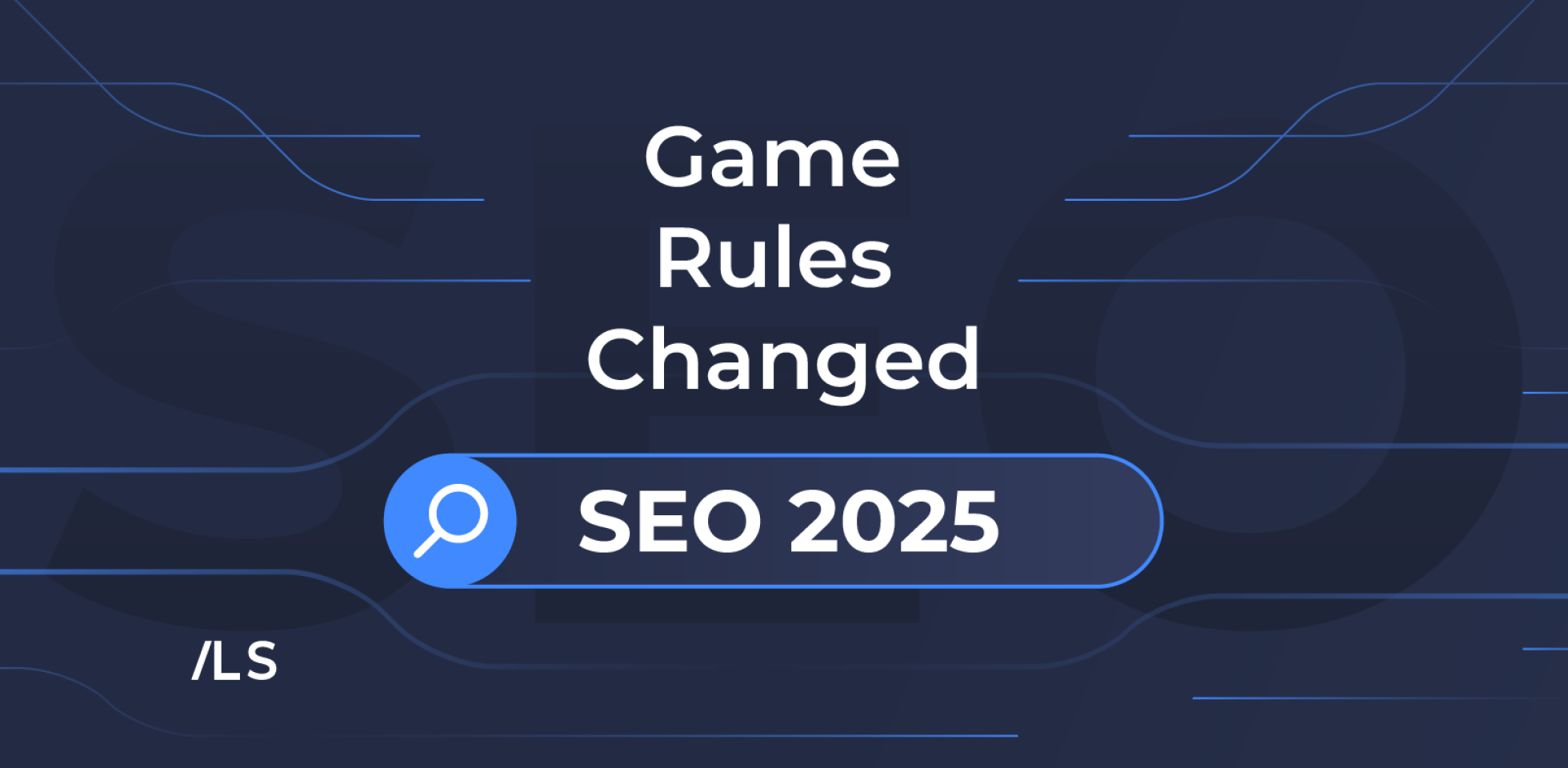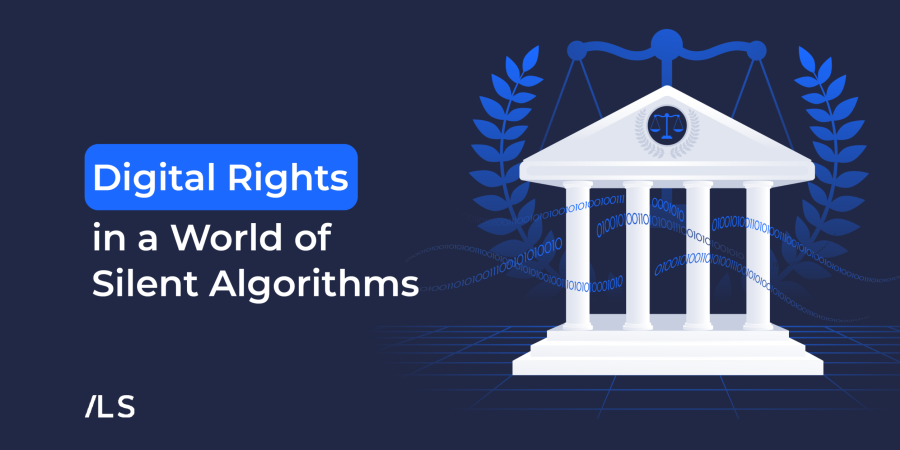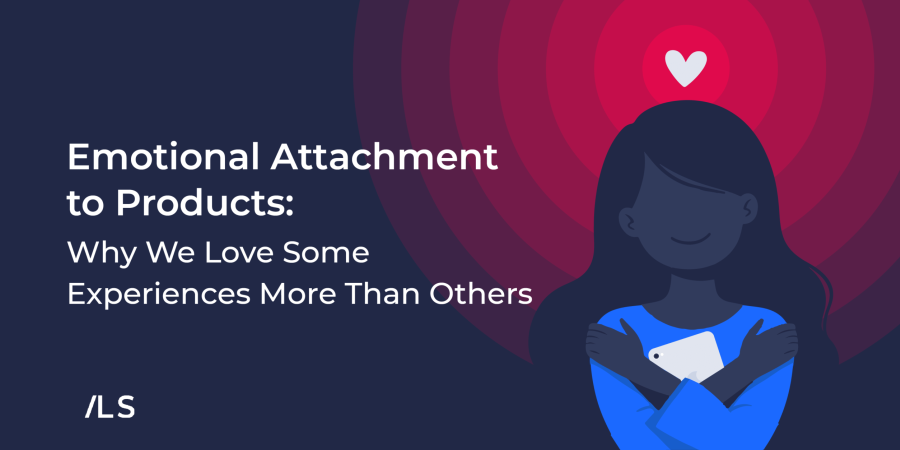Blog
Stay updated with our new news
SEO 2025: The Rules of the Game Have Changed

Introduction
Appearing at the top of search engine results pages is no longer the sole objective
of SEO, it has become part of a broader strategy. The way users search for information has significantly evolved. Voice search and instant answers displayed directly on search results pages are increasingly common, eliminating the need to visit websites. Moreover, a new generation of users now relies on social platforms like TikTok and YouTube as primary search tools.
This shift in user behavior has forced websites to think differently. Writing articles and optimizing titles is no longer enough. It has become essential to create content that is understandable by AI tools and ready to appear in both textual and visual formats.
What is SEO (Search Engine Optimization)?
Search Engine Optimization (SEO) is the process of enhancing a website’s content and structure to make it more suitable for appearing in search engines like Google. The goal is to improve rankings in organic (non-paid) search results and thereby increase traffic.
SEO helps your website appear at the top of the results when users search for topics or products related to what you offer. Its importance lies in being the most effective long-term digital marketing tool.
Improving your ranking doesn’t just increase traffic, it also boosts your website’s credibility in the eyes of users, as people naturally tend to click on top results. It also builds trust in your brand.
For a deeper understanding of SEO fundamentals, check out Google’s official SEO Starter Guide.
The Evolution of SEO
SEO first emerged in the mid-1990s alongside early search engines like AltaVista and Yahoo. At that time, the process was relatively simple and relied heavily on keyword repetition.
When Google launched in 1998, SEO experienced a turning point. Google introduced the PageRank algorithm, which evaluated the importance of web pages based on the number of inbound links. This innovation completely changed the rules of the game, low-quality content with keyword stuffing was no longer enough. Instead, the number and quality of backlinks became key ranking factors.
Between 2000 and 2010, SEO focused on link building and careful keyword selection. Many adopted unethical “black hat” techniques like link farms and technical tricks to manipulate search algorithms. Google responded by rolling out several algorithm updates, most notably:
- Panda (2011): targeted low-quality content
- Penguin (2012): addressed unnatural backlinks
- Hummingbird (2013): focused on semantic search and language meaning
- RankBrain (2015): incorporated AI into the ranking process
- Mobile-First Indexing (2017): prioritized mobile usability in search rankings
In 2025: New Rules and Radical Shifts
SEO is no longer about simply optimizing your site for a traditional search engine. It has expanded to include interaction with AI technologies and adapting to changing user behavior. Key transformations include:
Answer Engine Optimization (AEO)
AEO is a new concept that focuses on having your content appear as direct answers in search results or through voice assistants like Siri and Alexa.
To achieve this, your content must be clear, concise, and directly answer users’ questions, especially frequently asked ones. AEO is critical in an era of rising voice search adoption.
Generative Engine Optimization (GEO)
GEO aims to make your site understandable and usable by generative AI tools like Google AI or ChatGPT, which provide synthesized information without displaying traditional websites.
To succeed in GEO, your content must be well-structured, accurate, and reliable adhering to standards like E-E-A-T (Experience, Expertise, Authoritativeness, Trustworthiness).
The goal of GEO is to embed your content as a permanent knowledge source within the memory of AI models, not just provide one-off answers like AEO.
Large Language Model Optimization (LLMO)
LLMO involves preparing your site to be accessible and understandable by large language models (LLMs). It is often considered a subset of GEO.
The more your content is featured on credible and high-quality sources, the greater the likelihood it will be surfaced in AI-generated answers. In other words, you’re optimizing to become part of the AI’s “knowledge base.
Changing User Behavior
User behavior is now a major factor in modern SEO strategies. A key trend is Zero-Click Search, where users get answers directly on the search results page without clicking any links.
Moreover, the younger generation increasingly uses platforms like TikTok to search for information and products.
All of this means that success in SEO is no longer just about ranking on Google’s search page, it requires adapting your content to match how and where users are searching.
SEO today is no longer about tweaking titles or stuffing keywords. It is about a combination of:
- High-quality content
- Fast-loading websites
- Seamless user experience
- Voice search optimization
- AI-generated search results
“In 2025, SEO success begins with understanding user intent and effectively using AI.”
Conclusion
Amid rapid digital transformation, SEO is no longer an optional enhancement, it is a strategic necessity for any business.
Yes, the rules of the game have changed. But the goal remains the same: deliver valuable content and a unique experience that matches user needs.
At Libyan Spider, we keep up with these changes closely. That’s why we don’t just design visually appealing websites, we build them from the ground up based on modern SEO standards: fast, user-friendly, search-engine compatible, and AI-ready.
To explore our work in web and app design, feel free to visit our portfolio.
Share:
Comments (2)
Leave a Reply Cancel reply
More Articles


The Security Myth: Why Your Best Defenders Aren’t on…



rich and insightful article that truly reflects the evolving landscape of SEO I especially appreciated the shift in focus from keyword stuffing to understanding user intent and adapting to AI driven technologies new concepts like GEO and LLMO were clearly explained, making the content valuable even for non experts thank you for such a well balanced and piece!
Thank you for taking the time to read the article. We’re glad you found it valuable.